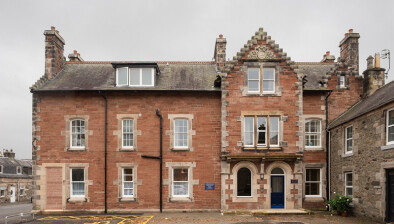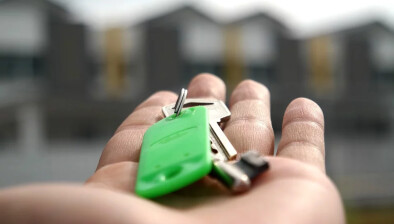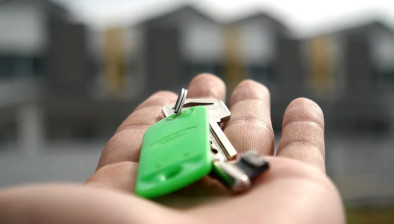Blog: The SNP manifesto: a taxing investment

By Hew Edgar, RICS, policy manger (Scotland)
After consulting widely among stakeholders and its 97,000+ membership, the SNP has published its manifesto for the general election. It sets out to end austerity and deliver housing and infrastructure on a UK level.
The SNP’s continued support for infrastructure, business and house-building - through the use of additional capital investment - should be welcomed.
Last week the SNP announced its business manifesto, which voiced a welcome desire for infrastructure investment. It did not, however, provide specific house-building figures; they’ve saved that for the full manifesto.
The SNP are backing an annual UK target of 100,000 affordable homes, and the use of additional capital investment to further expand house-building in Scotland. A good start to meet demand at a time when supply has been far below required level that, according to recent RICS UK Residential Market Surveys, has resulted in an increase in prices.
However, they also back a ‘mansion tax’. The exact detail of this tax proposal is vague; despite being mentioned twice in the manifesto, all we know at this stage is that it is predicted to raise revenue.
As an institution governed by a Royal Charter, RICS has an obligation to act in the public interest. We believe that the mansion tax as proposed by Labour, for instance, would be inherently unfair and a major problem for those who are cash poor and asset rich.
Furthermore, since the introduction of the new Land and Buildings Transaction Tax (LBTT) regime in Scotland (active from 1 April 2015), coupled with a reformed stamp duty land tax regime in the rest of the UK, those wishing to buy £2m+ properties in Scotland already have to face a higher tax bill (LBTT in Scotland: £198,350; stamp duty and land tax in in the rest of the UK: £153,750).
While the additional revenue would go toward funding the 100,000 additional homes, how would the Scottish market react when higher-end properties had to cover an additional levy on top of the already required, additional £44,000+?
Moreover, there is a bigger point here, with which both English and Scottish electorate will have to grapple: what properties would be liable to pay this extra tax: a true mansion, or a “well-placed” £2mn+ two-bedroom flat in London?







